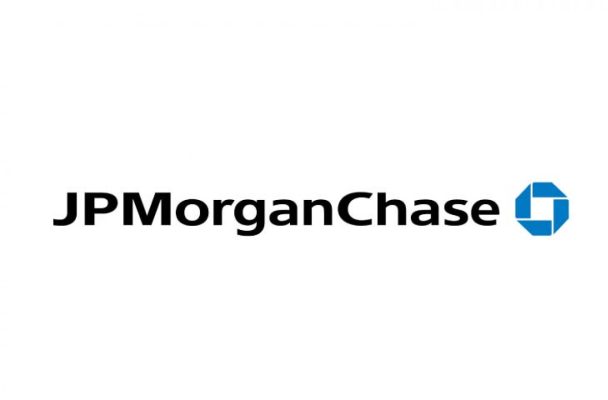The bank has teamed with a London startup called BestX to inspect JPMorgan’s algorithms, giving outside confirmation they’re functioning as intended. The world’s second-largest currency trader says the independent, third-party analysis will be available to customers on Feb. 1. Trading titans are rolling out new ways to dissect and analyze trading as they compete for a bigger slice of the $5.1 trillion-a-day currency market. The services, typically known as transaction cost analysis, come amid mounting regulatory pressure on asset managers to prove they’re not overcharged by brokers. It also highlights how devilishly difficult it can be to determine fair pricing in the relatively opaque currency market. “We feel very strongly that clients are looking for more transparency,” said Richard James, co-head of markets execution in London for macro products at JPMorgan. BestX was founded by Oliver Jerome and Pete Eggleston, who previously worked in foreign exchange at Morgan Stanley. JPMorgan isn’t alone. Computerized market maker XTX Markets Ltd. also has a new offering, which it’s been testing with clients this year and goes live this week. The rise of electronic trading means there’s ample data to analyze, says Michael O’Brien, director of global trading at mutual-fund company Eaton Vance Corp. At JPMorgan, for example, more than 95 percent of clients’ spot trading transactions are electronic, while algorithmic trading is increasing 50 percent annually. Recent market-manipulation scandals and so-called flash crashes have attracted more attention to the market’s plumbing, O’Brien said. “This is all a good thing — it pushes foreign exchange to become more transparent,” he said. The currency market is particularly muddy — it’s over-the-counter and splintered across many platforms that list different quotes. There’s no standard price for a transaction, and costs can vary depending on credit worthiness and style of trading. A controversial practice known as “last look,” where market makers can back out of a trade, has also caught regulators’ attention. It can be easier to inspect other markets. U.S. stocks have a public price feed that makes it easier to ascertain fair pricing. But the currency market’s complexity can be unraveled with some analytical horsepower. BestX pulls together prices from many liquidity providers to come up with a measure for its benchmarks. Market impact — how much prices move after a series of trades has begun — is one consideration. Last look also complicates things. When a market maker backs out of a trade, that could cost an investor money. XTX’s platform calculates the cost of missing out on that transaction. “There are all these costs, but you might not see them,” said Jeremy Smart, global head of distribution at XTX in London. “It’s this jigsaw puzzle with a crucial piece in the middle missing. We’re providing that piece.” Bloomberg LP, the parent of Bloomberg News, provides transaction analysis services. Of course, there’s a potential conflict of interest when a market maker analyzes itself for its own customers. Using a third party allows JPMorgan to sidestep that problem. XTX says it may partner with other firms and open source its system.
© 2017 Bloomberg L.P




